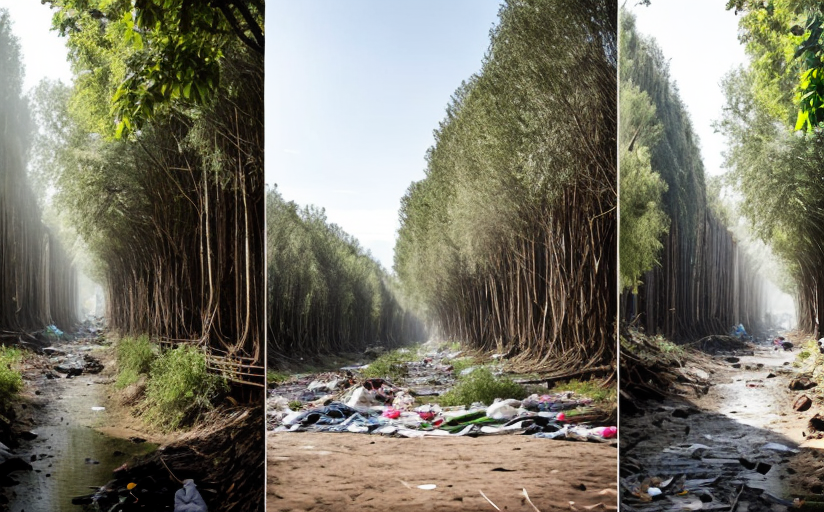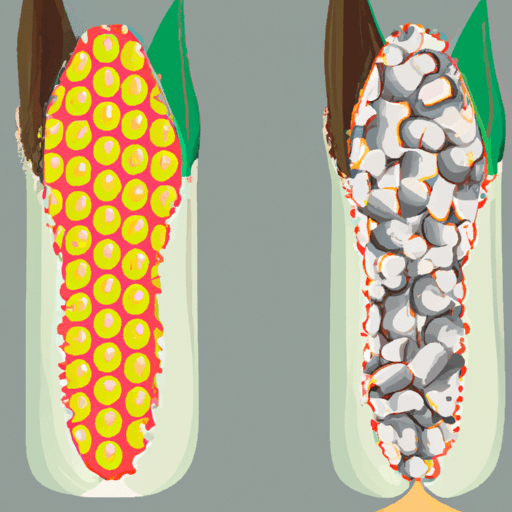The Impact of Fast Fashion on the Environment and Sustainable Solutions
As emerging environmental concerns shape modern consumer behavior, the spotlight increasingly shines on a notorious culprit - the fast fashion industry. Fast fashion, through its mass production and rapid turnover of low-cost garments, is wreaking havoc on our planet.
The Impact of Fast Fashion on the Environment
Fast fashion's manufacturing process uses large quantities of non-renewable resources, including petroleum to produce synthetic fibers, fresh water, and energy. For instance, it takes approximately 2700 liters of water to create a single cotton t-shirt, roughly what an average person drinks over three years.
In addition, fast fashion contributes to pollution and waste. Unregulated dye houses in countries where garments are made often dump toxic waste into rivers, devastating local ecosystems and the health of these communities. As these clothes are discarded to keep up with rapid fashion cycles, global textile waste is expected to increase by 60% between 2015 and 2030.
Sustainable Solutions and Their Impact
As the environmental damage caused by fast fashion becomes clearer, an array of sustainable practices has taken form. From slow fashion movements that emphasize quality over quantity and longevity over fast-changing trends, to techno-recycling methods where waste textiles are converted into new fabrics. New fashion houses are raising the bar by incorporating sustainability into their ethos from the get-go, while established brands are stepping up efforts to improve their supply chains.
However, while these measures are a step in the right direction, the question remains; are they sufficient to curb the environmental damage inflicted by the fashion industry?
Is it Enough?
Despite concerted efforts, the industry has a long way to go. Sustainable fashion still only represents a fraction of the overall market and mass consumption continues. While some companies have made strides towards transparency and sustainability, the majority of popular brands often adopt 'greenwashing' tactics without any substantive change in their production process.
The Way Forward
In conclusion, while the sustainable fashion movement is an important response to fast fashion’s environmental impact, it is not a complete solution in itself. Consumers, producers, and policymakers need to work collectively to turn the tide. With increased governmental regulations, consumer pressure for transparency, and businesses embracing true sustainability, we can design a fashion industry that doesn’t come at the cost of our planet.



















Comments
Leave a Comment